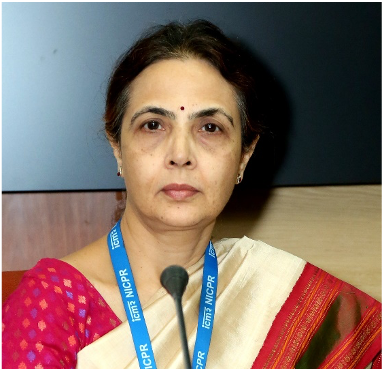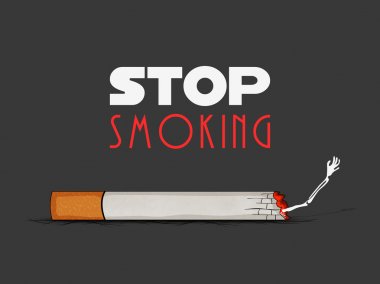Dr Shalini Singh
As India celebrates 75 years of Independence with several events held to mark the country’s glorious history, culture and its accomplishments under the ‘Azadi Ka Amrit Mahotsav’ initiative, it is the right time to nail deadly tobacco to help our youth to breathe the fresh air of freedom.

In India, around 1.3 million people die annually due to various tobacco-related diseases like cancer and cardiovascular ailments. Millions fall below the poverty line due to huge out-of-pocket expenditure incurred on the treatment of the preventable tobacco-induced diseases besides burdening the country’s healthcare system and exchequer.
However, to boost their sales, tobacco companies are adopting aggressive selling tactics such as availability of smokeless tobacco (SLT). As a result, the use of single pouches has increased in many lower- and middle-income countries, including India. From hookah to e-cigarettes, they are now offering tobacco in the garb of synthetic nicotine products, which pose an elevated risk to health.
The idea behind these roundabout activities is to circumvent the required regulatory review and approval processes, while also attracting the youth. Most tobacco-related morbidity and mortality are attributable to harmful chemicals available in tobacco products and then nicotine is the main addictive substance in these.
Studies also show that an estimated 780 million adult smokers worldwide want to quit tobacco. The World Health Organization’s (WHO’s) ‘Commit to Quit’ campaign aims to support 100 million of them in quitting successfully. In addition to making supportive environments to help adult smokers who want to quit through treatment interventions, there is a need to curb the availability and easy accessibility of tobacco products.

Given that the central government has been displaying exemplary leadership in the last few years to cut down tobacco consumption, it is imperative that the government considers framing a strong policy to restrict the sale of tobacco products while cutting down its production and increasing taxes across all tobacco products.
Currently, the overall effective taxation on SLT products in India, is roughly 60%, which is far below 75% the recommended rate by the WHO-MPOWER guidelines. Hence, taxation on all tobacco products could be increased as a means to reduce consumption as it has been observed that raising taxes is an effective deterrent in the sale of tobacco products.
Whenever there is a demand for higher taxation or ban on tobacco products, the tobacco industry decries the efforts on the pretext of employment of tobacco workers. We should intensify skill development programmes for bidi rollers, providing them with vocational alternatives. There is already effort being put in this direction by the Union Ministries like Labour & Employment and Skill Development & Entrepreneurship who are working in collaboration towards achieving this sustainable goal.
While the tobacco industry is trying to entice our younger generation by adopting new tricks, we also have to take effective steps to secure the future of our country.












